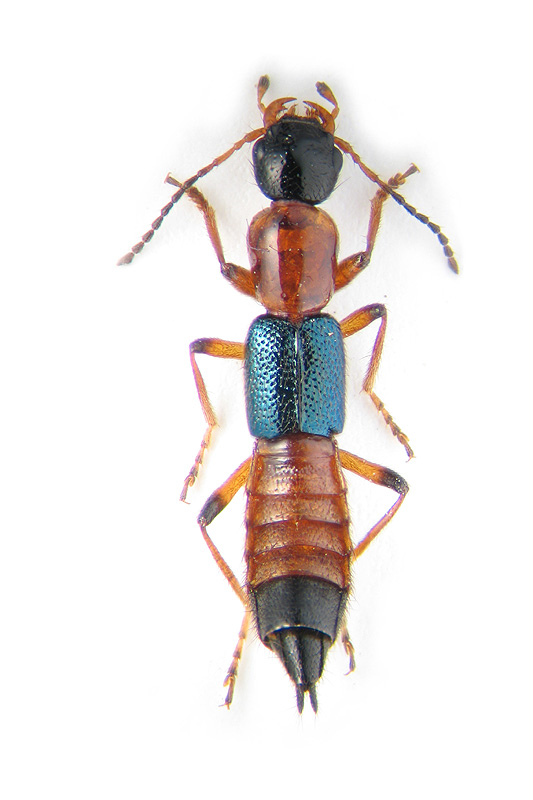There are only three file formats you have to be familiar with when processing images: JPEG, TIFF, and Raw.
JPEG - Joint Photographic Expert Group
You’ve probably already heard of JPEGs because they’re used on the Internet and for e-mailing images. If you’ve downloaded digital photos from your camera to your computer and saved them, you’ve probably seen the file extension ".jpg". JPEGs have their pluses and minuses:
- Good for sending images over the Web.
- Easily compressed; can be saved as small files onto your hard drive.
Cons
- Degrade (lose image quality) each time they’re compressed and transferred. Compression reduces the file size at the expense of discarding information about the image itself.
- Not the best format for printing gallery-quality prints.
TIFF
The file from which you produce your output is a TIFF file. TIFF means Tagged Image File Format, which is a format that can be read on both Macs and PCs.
- You produce a TIFF file in a graphics or photo editing program like Photoshop.
- TIFF files cannot be viewed in Web browsers or on the Internet, but the file format does an excellent job of preserving image quality.
On many midrange and high-end digital cameras, you can save photos in Raw format instead of the traditional JPEG. If you’ve noticed that your camera has this capability, use it. Here’s why: A Raw image is like a digital negative — the unprocessed image data that your camera sensor captures. Raw isn’t an acronym; it just means that the image file itself is unadulterated — that is, it’s in a raw state. This untouched (um, raw) state is optimal because you can do your own processing later on your computer.
Different camera manufacturers use different file formats for their own versions of Raw. For example, you might see such file extensions as .nef (Nikon), .crw and .cr2 (Canon), .mrw (Minolta), .raf (Fujifilm), .orf (Olympus), .srf (Sony), and the less-common .x3f (Sigma and Polaroid) and .mos (Leaf).
When you save a Raw file, the camera creates a header file containing all the camera settings, including (depending on the camera) date/time captured, the camera used, exposure, ISO, lens, aperture, flash (if any), sharpening level, contrast and saturation settings, color temperature/white balance, and so on — in total, the metadata. When you then tweak a copy of your original Raw file, and process copies, you always leave the original image intact. Very cool. To top that, many camera settings (such as white balance and color adjustments) captured in a Raw file can be undone via special software.
Still, the creative possibilities are very tempting. And, more and more thirdparty editing and software programs are becoming Raw-compatible with more and more camera models and brands.
- Digital cameras generate Raw files. These files are read by the software from the company that you bought your camera from or by an image editing program.
- Each camera processes Raw files differently. The software to read and convert Raw files to the standard high-resolution TIFF or PSD format is available from the camera manufacturer that produced the format; you need that software to download the files from your camera to your computer. Programs like iPhoto are able to read some models’ Raw format. There’s also third-party software (such as that available at www.iview-mutimedia.com) that can read most camera’s Raw formats.
- Raw files are generally the preferred file type for producing an art photograph with a digital camera. The reason for this is that they can be adjusted for color and tonality more efficiently and with better results than can JPEG or TIFF files.
Only some types of digital cameras have this setting (can capture Raw files) because it is very memory intensive. Look for file formats in the camera’s specifications and see whether Raw is listed. You’ll pay more for cameras that have this format, but prices are falling rapidly.
Related post :
Understanding Digital Camera : Basic of Digicam
Understanding Digital Camera : Type of Digicam
Digital vs Film Photography











































